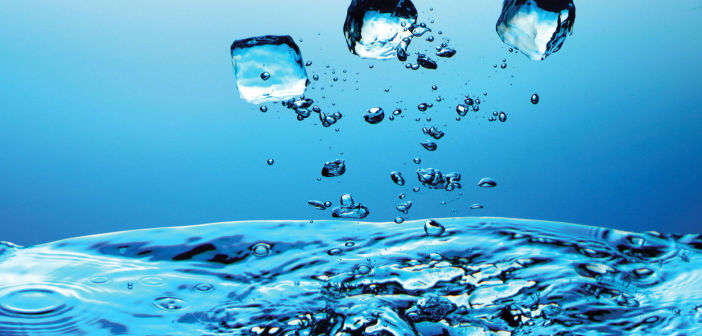Why We Need Water Purification
Water is everywhere: under our feet in the Earth’s mantle, around us as streams, oceans, lakes and other living creatures, and above us as air and clouds. Water may be everywhere, but only 2.5 percent of the water on earth is freshwater. Of this 2.5 percent, almost 69 percent of it is comprised of glaciers and ice caps, making it inaccessible for the most part. That leaves us with roughly 1.2 percent of accessible, fresh, drinking water and even less if we factor in pollution and runoff. With our freshwater supplies dwindling and rate of consumption increasing, it is clear that we need to find a replacement supply of adequate drinking water. Fortunately, humans discovered a solution thousands of years ago that can be extremely effective.
Desalination
Desalination is the process of removing salt from saline water in order to produce freshwater. Historically, this process has been used on sea faring vessels to ensure that the crew had a backup source of water in case of emergency. The process they used, boiling water and collecting the salt free condensation, is a method of simple distillation. This method is effective in producing salt-free water, but is time consuming and produces only small quantities. Today, vacuum distillation is the preferred distillation method of desalinating sea water. However, other methods are in use, such as reverse osmosis and electrodialysis.
Processes
Vacuum distillation utilizes high pressure in order to decrease the boiling point of water. By doing this, sea water can be distilled into freshwater more quickly than using a standard distillation technique. The most common use of vacuum distillation is in a process called “Multi-Stage Flash Distillation”. This method involves quickly vaporizing water into steam, which is repeated many times at increasingly lower pressures in order to obtain clean water. Multi-Stage Flash Distillation is one of the most common procedures for desalinating water, accounting for roughly 85 percent of all desalinated water. This process is praised for its ability to produce large amounts of high quality fresh water per day.
Reverse osmosis uses a semipermeable membrane to remove particles from drinking water. We talked with Ampac USA about the subject, and they explained, “The process involves using high pressure to overcome osmotic pressure and push the water through the membrane. The membrane contains extremely small pores, thus controlling the size of molecule allowed to pass through.” Reverse osmosis can be used to desalinate water as well as remove many other molecules, ions and bacteria from solution.
Electrodialysis is a bit more complex, as it runs off the principal that the salt in sea water will break apart into positive and negative particles called ions. When positive and negative electrodes are inserted into the solution, the “salt” ions are attracted to the electrodes at the side of the chamber. The ions are then moved through a semipermeable membrane and away from the now desalinated water. This method, while effective, is quite expensive and not commonly used.
Current Desalination Information and Statistics
With over 17,000 desalination plants worldwide, these methods are being used more and more frequently in dry areas of the world, such as the Middle East and Australia. Currently, Israel leads the world in desalinated seawater use with over 40 percent of its freshwater coming from desalination. According to the International Desalination Association, over 300 million people rely on desalinated water for their daily needs and this number is liable to rise in coming years. As the world population continues to climb, it is becoming even more imperative that we find an affordable and sustainable desalination process.




